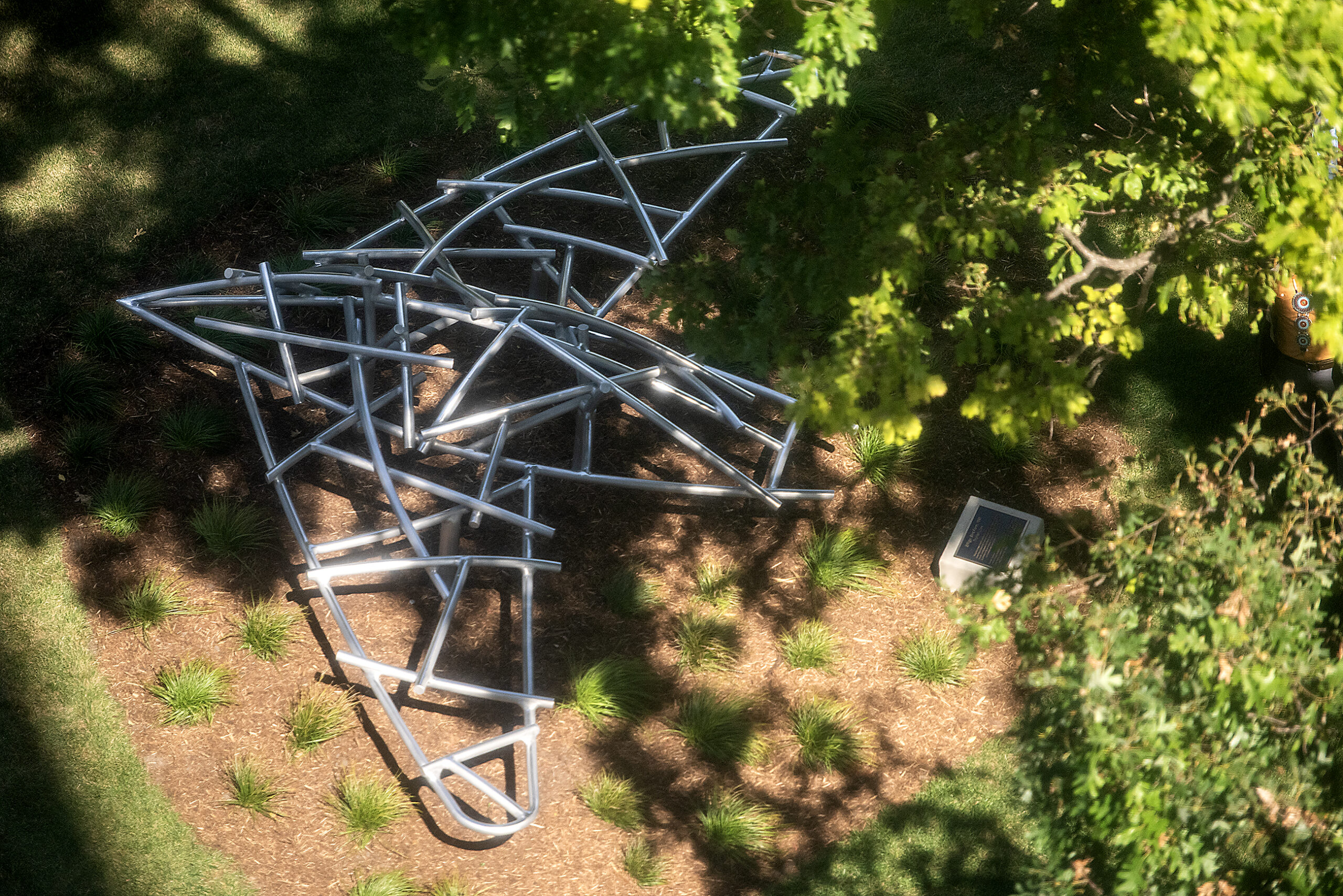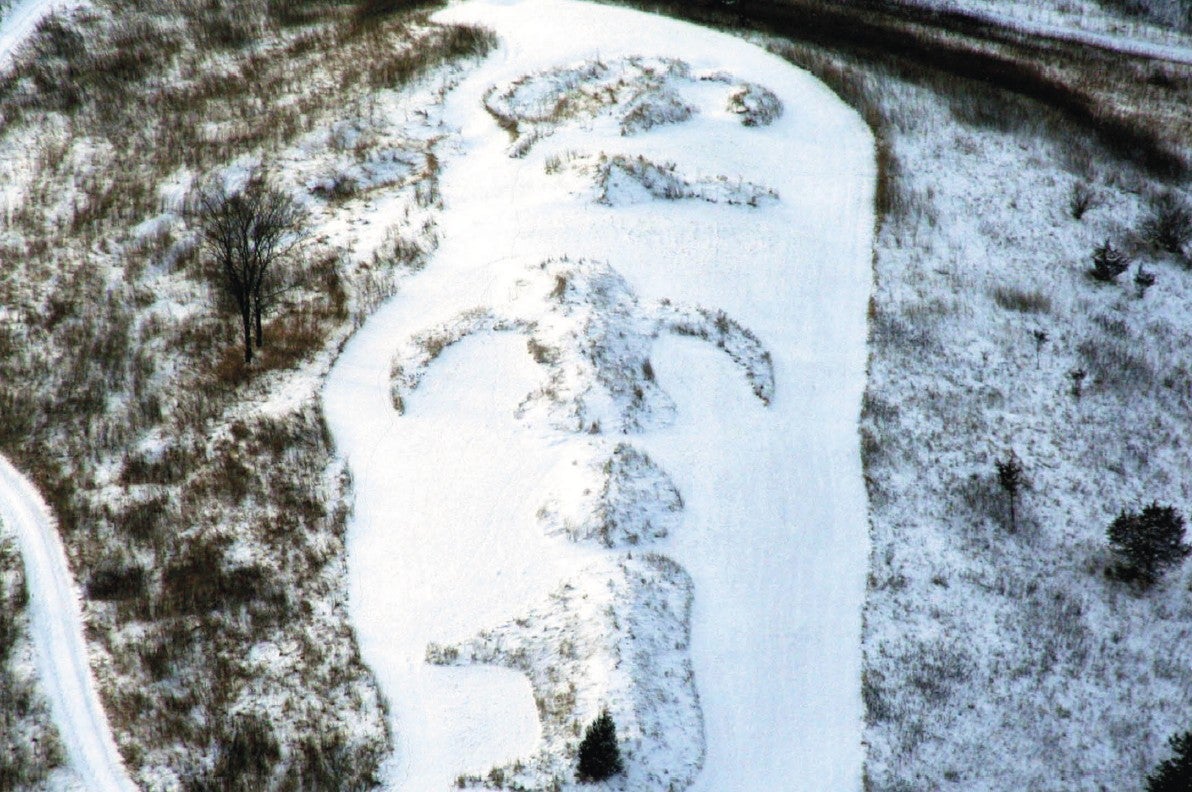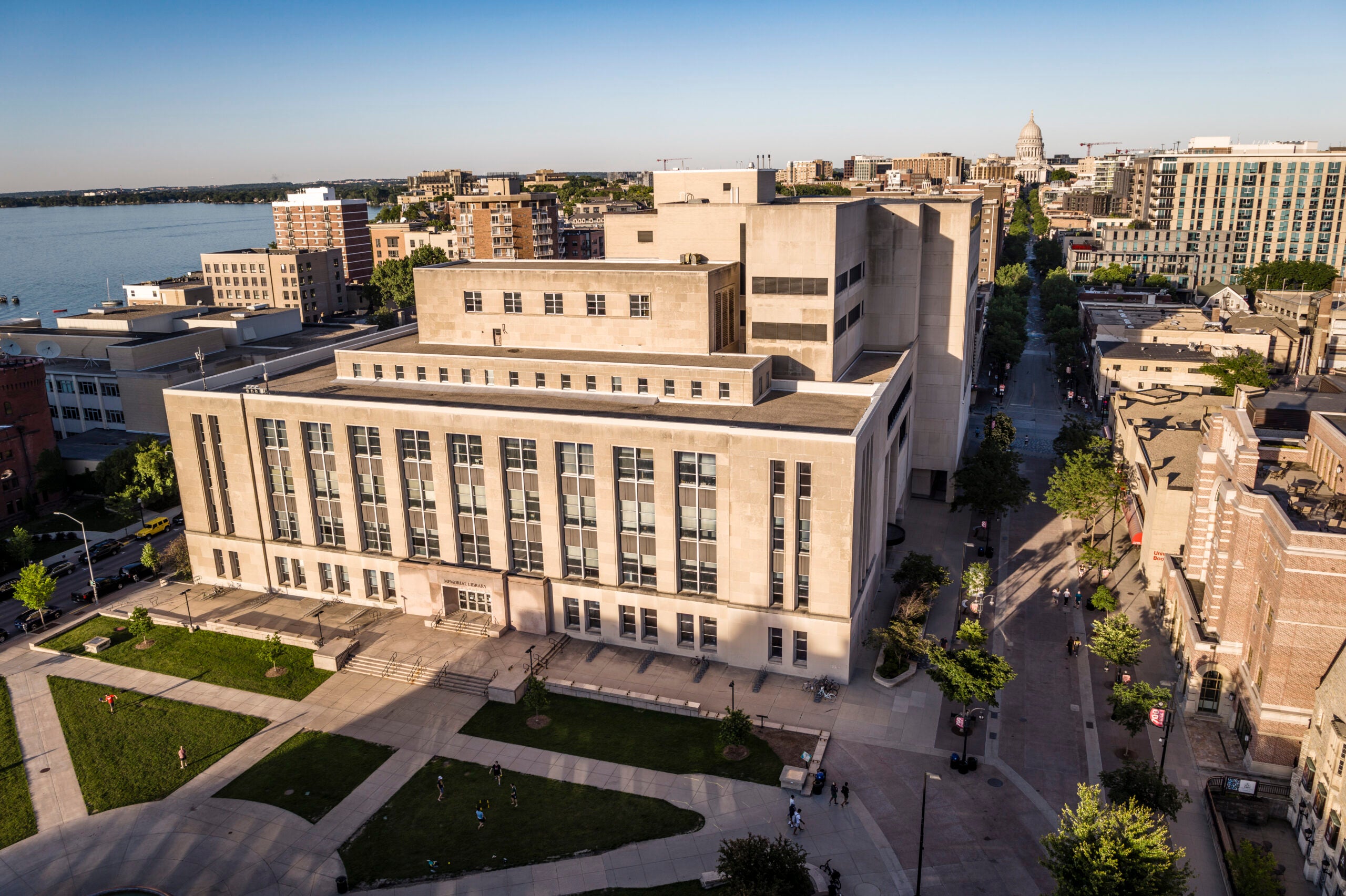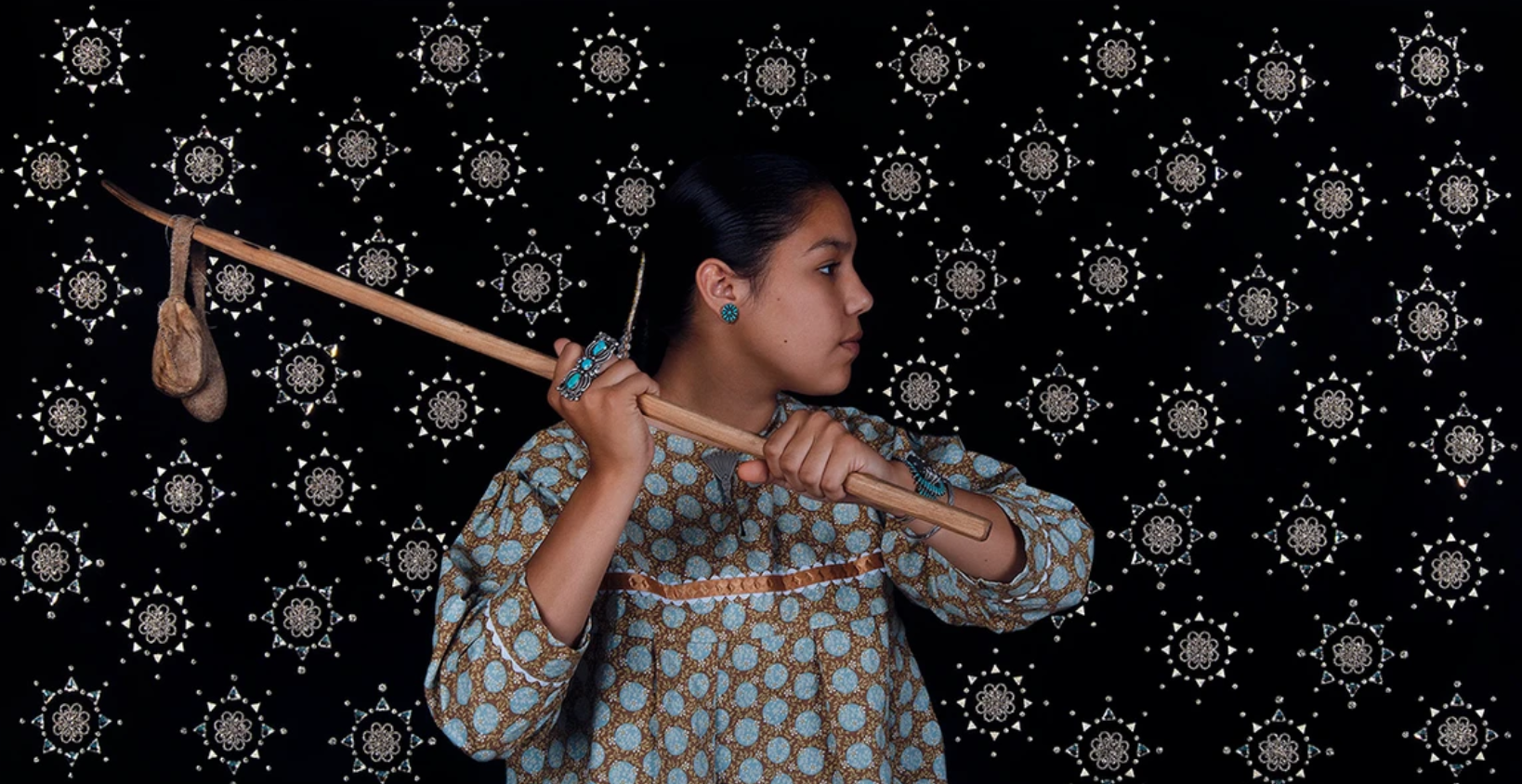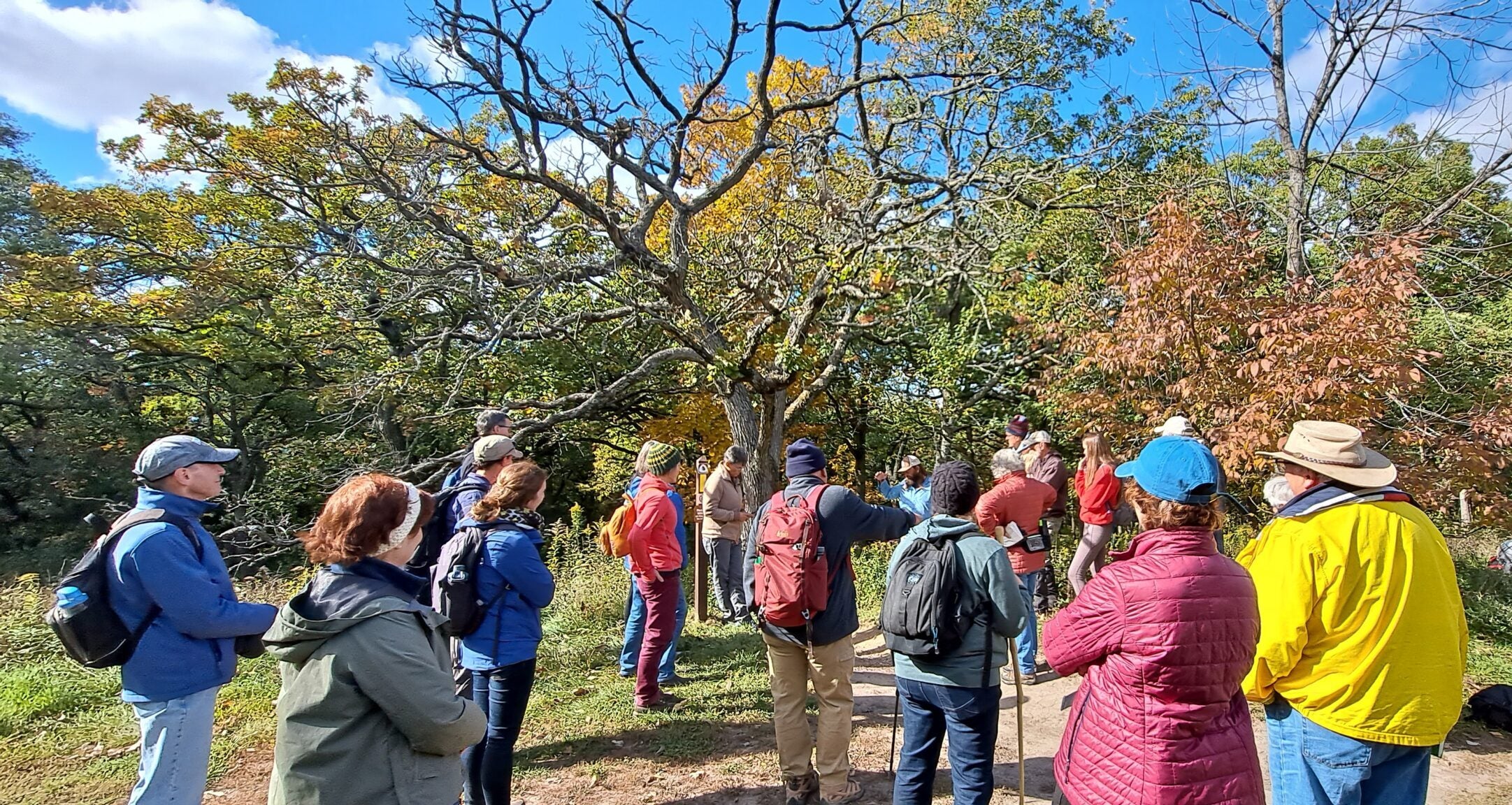When Tonia Lowe approached the eastern edge of Observatory Hill at the University of Wisconsin-Madison’s campus on Friday, she saw something gleaming in the sunlight.
At first, her mother, Nancy Lowe, thought it was just a car.
But as the pair came closer, it was clear they had spotted Truman Lowe’s newly-installed aluminum sculpture “Effigy: Bird Form.”
News with a little more humanity
WPR’s “Wisconsin Today” newsletter keeps you connected to the state you love without feeling overwhelmed. No paywall. No agenda. No corporate filter.
“Seeing it for the first time from a distance, and then getting closer, kind of made my heart swell with joy and pride,” Tonia Lowe said. “It also struck me as ‘Oh my gosh, this is exactly the perfect spot for it. You can see it from all different angles.’”
Truman Lowe, who was Tonia’s father, created the bird-shaped piece in 1997. It made its debut at the White House for a yearlong exhibition, before being transferred to the Heard Museum in Phoenix, Ariz.
Most recently, it was exhibited at Western Michigan University in Kalamazoo.
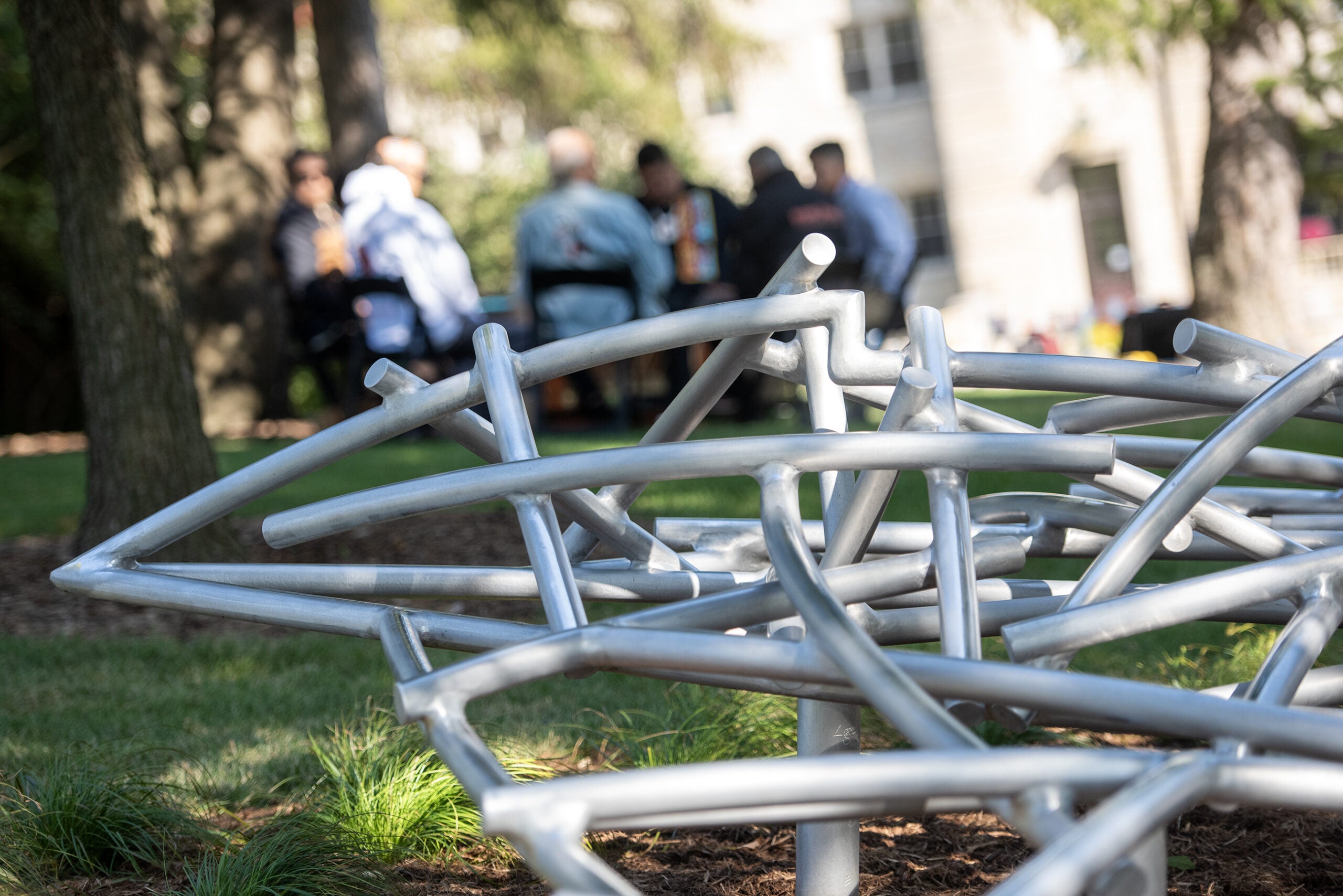
Now, the sculpture has been acquired by UW-Madison, where Truman Lowe was an art professor. Local dignitaries, including UW-Madison Chancellor Jennifer Mnookin and District 3 Ho-Chunk Nation Rep. Sarah Lemieux, welcomed the sculpture back Friday at an unveiling ceremony.
Lowe, who grew up in Black River Falls, Wis., died in 2019. He served as curator of the National Museum of the American Indian and much of his work draws upon his identity as a member of the Ho-Chunk Nation.
“Effigy: Bird Mound,” for instance, pays tribute to sacred mounds that were built by Indigenous people centuries, and even thousands of years ago, in what’s now southern Wisconsin. The sculpture’s empty spaces bring to mind effigy mounds that have since been destroyed, including those which were leveled to build UW-Madison’s campus.
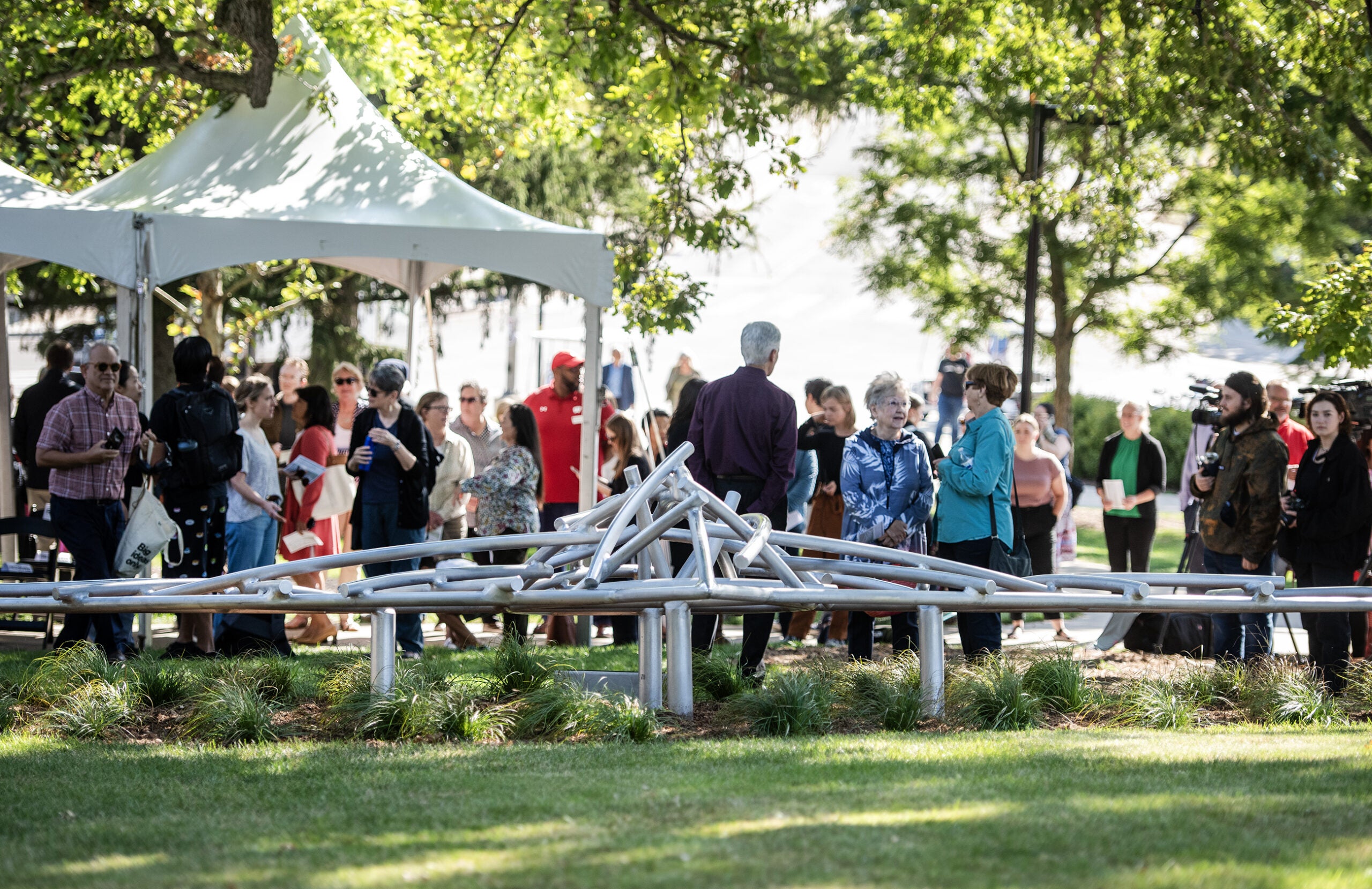
“Truman Lowe described this sculpture as a bone structure that would give an outline but also a sense of invisibility — what could be seen and what was no longer seen,” Mnookin said during the ceremony.
Two of the most famous mounds that remain visible on UW-Madison’s campus are located on Observatory Hill overlooking Lake Mendota — one in the shape of the bird and the other modeled on a two-tailed water spirit.
“Effigy: Bird Form” is made up of polished metal sticks, which are stacked in a mound-like form. Those layers evoke layers of history and culture, Tonia Lowe said.
“When he walked around campus, he saw Ho-Chunk Land, he saw the campus and he saw all the different layers of culture sort of backwards and forwards in time,” she said of her father. “It was like this connection to the land gave him the ability to see not just the past or the present or the future, but all of it all at once.”
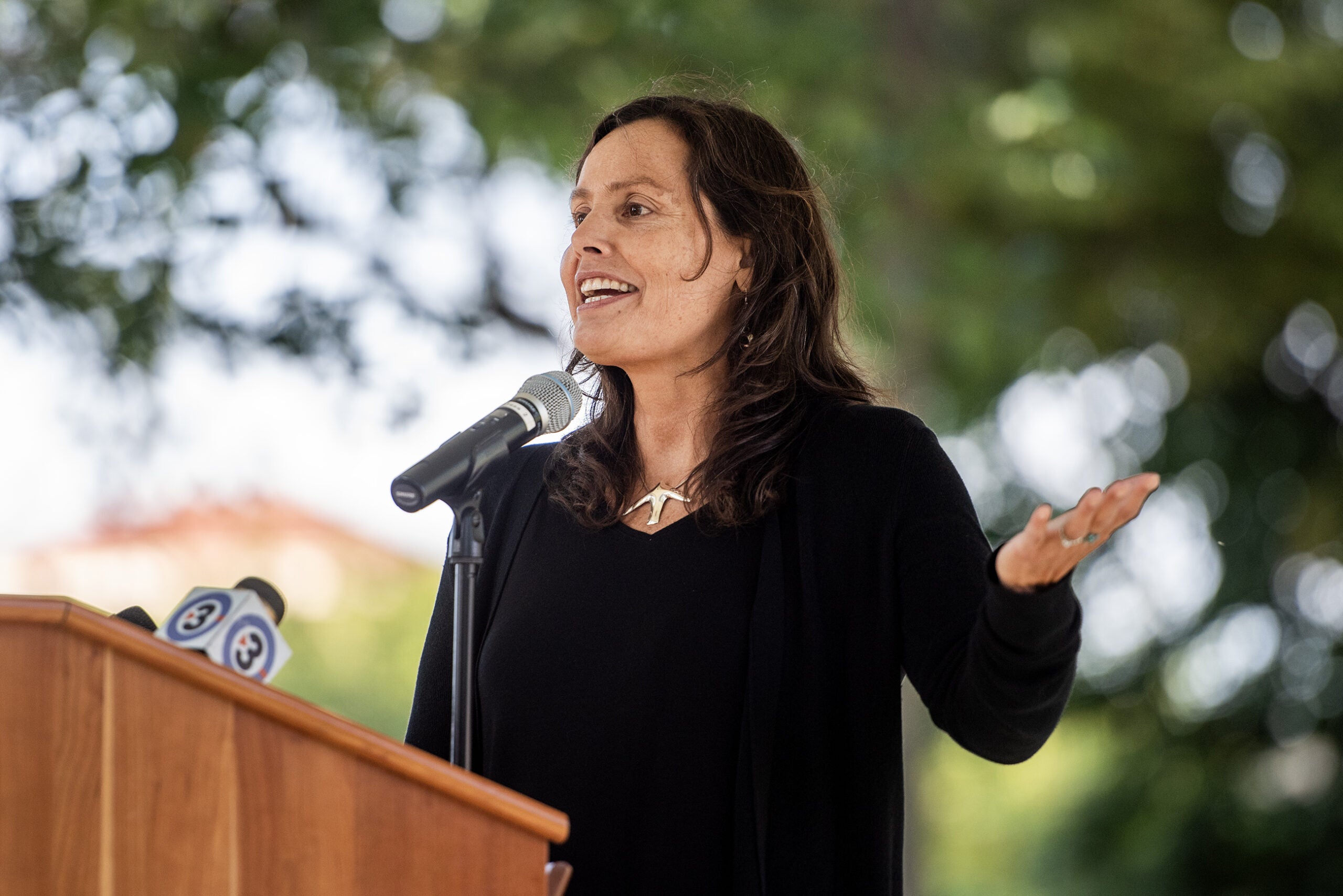
The sculpture’s new perch on a hilltop just north of the academic building Van Hise Hall is fitting, said Casey Brown, public relations director for the Ho-Chunk Nation.
“It honestly looks like it’s about to fly up,” Brown said. “It’s like it’s launching off. And this piece was conceived and created here in Madison, and so this is really its home.”
Wisconsin Public Radio, © Copyright 2026, Board of Regents of the University of Wisconsin System and Wisconsin Educational Communications Board.
